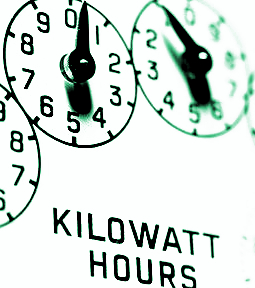AER outlines rise
 Electricity bills will rise following new pricing determinations by the Australian Energy Regulator (AER).
Electricity bills will rise following new pricing determinations by the Australian Energy Regulator (AER).
The authorities say costs are going up, with rising interest rates and inflation impacting energy transmission costs.
In the Northern Territory, electricity transmission charges implemented by the Power and Water Corporation are set to rise significantly.
The average household will see an annual increase of $116, whereas small businesses will experience a sharper rise of $332.
Despite these adjustments, a government order capping retail prices will shield most residential and business consumers from the immediate impact of these hikes.
Residents in New South Wales served by Ausgrid, Endeavour Energy, and Essential Energy will encounter a more modest increase in their electricity bills, ranging from $14 to $39 annually.
In the Australian Capital Territory, consumers of Evoenergy will see an $18 increase per year.
Tasmanian consumers can anticipate ongoing increases in their electricity costs over the next decade.
According to energy analysts, the first half of the decade will grapple with rising interest rates and capital costs, while the latter half will absorb expenses from significant energy projects like the North West Transmission Developments and the Marinus Link undersea cable.
In the immediate future, Tasmanian households are set to pay an additional $56 annually, with small businesses facing an $79 increase on average.
The total impact of these changes will be clearer next month when the Tasmanian Economic Regulator releases its comprehensive price determination.
AER chair Clare Savage says the regulator must juggle the dual challenges of ensuring consumer affordability while facilitating necessary investments in the energy sector.
She says the AER makes efforts to “ensure consumers pay no more than necessary for safe and reliable energy while supporting the transitioning energy market”.
The AER's recent decisions also incorporate considerations for network cybersecurity, climate resilience, and the integration of consumer energy resources like solar panels and batteries.







 Print
Print



